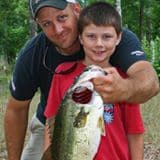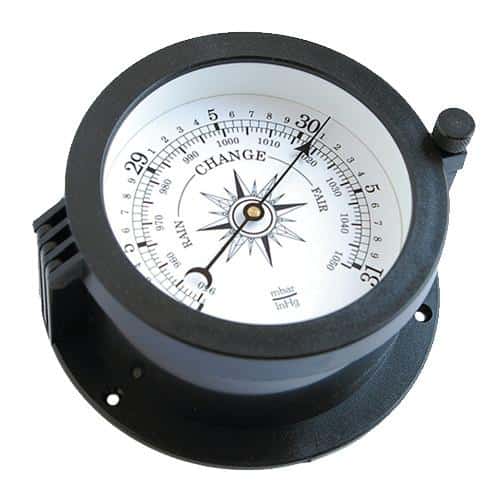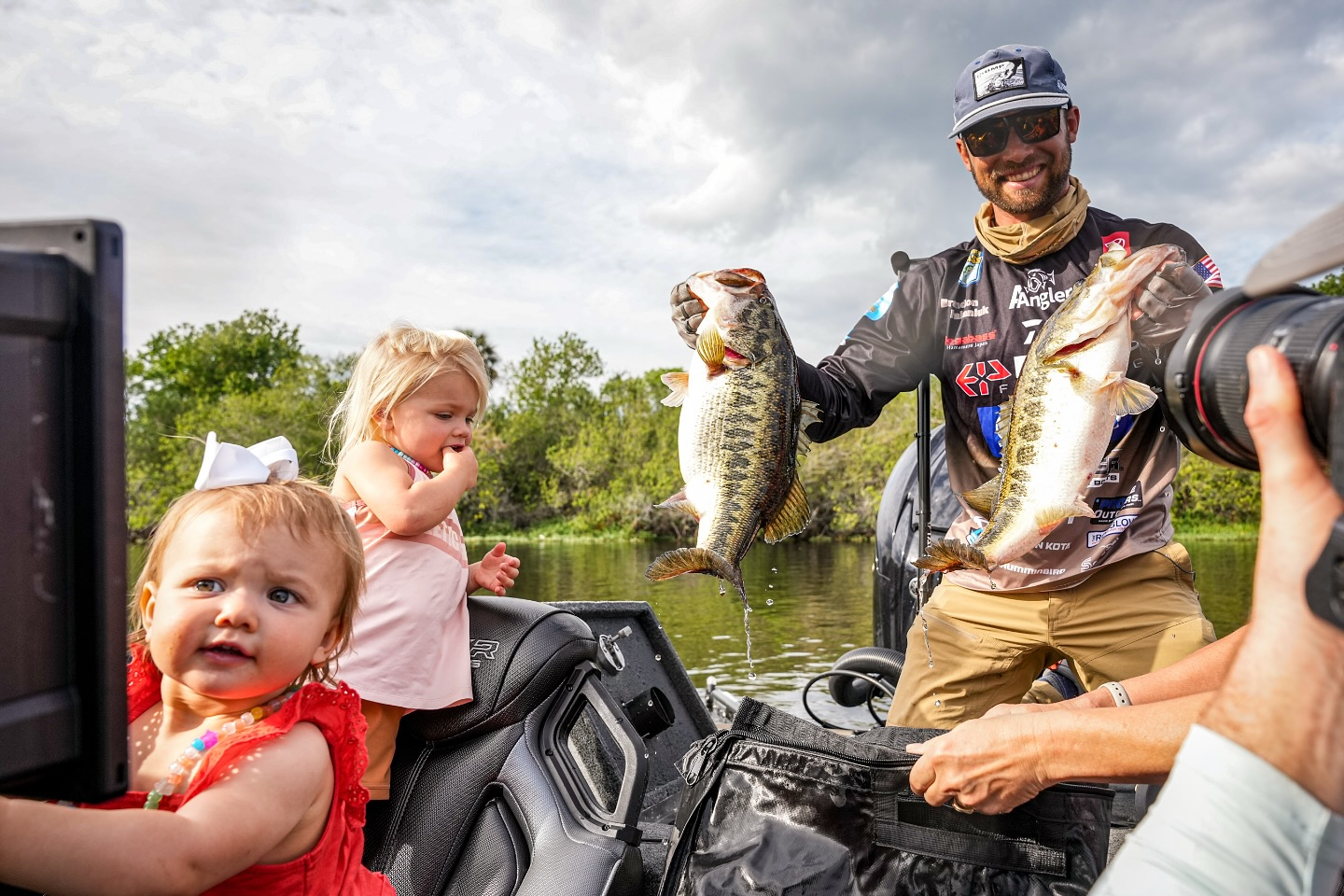Got Me Under Pressure
Story by Vance McCullough – Photos Courtesy of National Weather Service & Trintec.com
After his big Elite Series win on the St Johns River a couple of years ago, legendary bass pro Rick Clunn said that if he was just staring out in the sport, the first thing he would study is the effect that barometric pressure has on fish behavior.
When the barometer is high, fish stick tight to cover, often tucking beneath matted grass or anything that offers a canopy. They will use sheer water depth as cover when none other is available.
In this situation it becomes important to pick apart the cover with well-placed presentations and give fish a little extra time to react.
When the barometer drops, fish tend to roam farther in search of bait. They may chew the paint off of fast moving lures at these times. Move fast and pick off the aggressive fish in more open water.
You’ve likely heard the old saw: ‘Wind out of the east, fish bite the least. Wind out of the west, fish bite the best. Wind from the north, don’t venture forth. Wind from the south blows the bait in the fish’s mouth.’
While overly simplistic, these old axioms are based on centuries of observation. However, wind direction is not so much the driving force as is the pressure generated by the frontal systems that cause them.
So how do we know what the barometer is doing – without owning a barometer? Sky and wind, especially the changein wind direction give big clues.
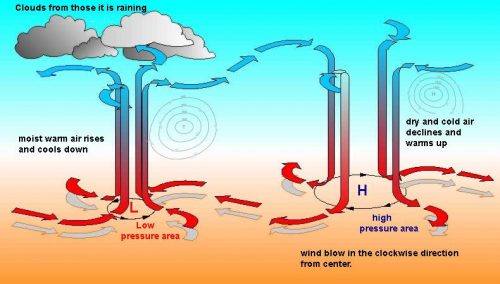
High pressure systems move in a clockwise fashion so if the wind switches from NW to N to NE and around to the east over the course of a day or two, then high barometric pressure is dominating the region. And the fish feel the effects. So will anglers as they work hard to pull a few bass from thick cover or deep water.
Low pressure systems, hurricanes being an extreme example, rotate in a counter-clockwise direction. So when the wind dials back from the NW to the W and eventually the south, fish should be playing fast and loose in areas where even a novice can cast without getting hung up.
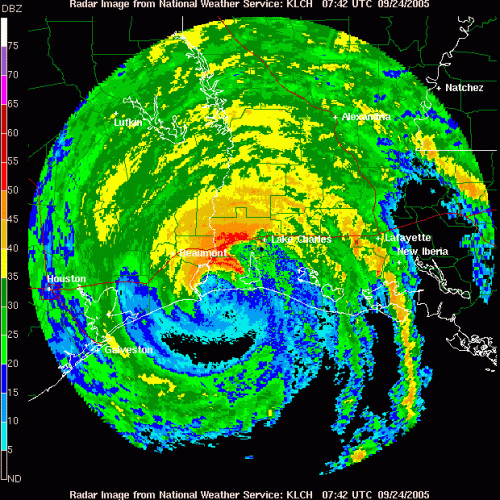
This is a time when smart anglers don’t waste time dragging a worm or doing anything else slow. You’ve got to strike while the iron is hot, as they say. The best action may come just minutes before a heavy downpour. If you run off the lake before getting wet you may also be leaving behind some fast fishing action. Simms makes clothing for these conditions.
Of course, it’s not worth getting struck by lightning so be smart. Besides, lightning will put fish down and absolutely kill the most aggressive bite, especially in clear water.
John Byrne, owner of AnglersChannel.com, turned me on to a great weather resource – Intellicast.com.
Pilots have to know what the weather is going to do. Many of them trust this site for its dependable, no fluff forecasting. Type in your location and get a local report. You can check historical data and recent observations. There’s even a column on the far right that predicts barometric trends.
I also have, and frequently consult, the My Radar app on my phone. Real time color weather radar. Need I say more?
Fishing so close to the water as we do in kayaks, we learn to rely heavily on our instincts. For all the variables we study and the electronics that help us do so, one of the most important questions can only be answered by making a few casts. And the answer can change without notice – so pay constant attention.
The question is simply: ‘Tight, or loose’?
When I fished Lake El Salto, Mexico with popular Bassmaster Elite Series pro Mike ‘Ike’ Iaconelli, he paid careful attention to determine how tightly the fish were oriented to cover. Once he figured out that they would roll out from their hiding spots and attack a topwater plug he tied-on a popper and put on a show!
Throughout the day Ike kept asking, “So, are they still loose? Or have they tightened up to cover yet?”
The answer depends more on barometric pressure than anything else, though the intensity of sunlight also has an influence. And that answer dictates lure choice, lure placement and pace of retrieve for anglers who are clued-in.
One great indicator that a topwater bite is eminent is the bubble trail left by a lure as it disturbs the surface. If the hemispherical bubbles stay big and ride on the water’s surface for a while, you need to toss a topwater. If not, look deeper.
Call it the ‘broke man’s barometer’.
Another clue would be how high the birds are flying. If they appear as pepper flakes in the stratosphere, the pressure is correspondingly high. If they are low and circling, the fish are probably feeding as well.
No need for expensive weather-measuring equipment. Check the forecast before you go and then trust your instincts while on the water.
And answer that question – “tight, or loose?”
